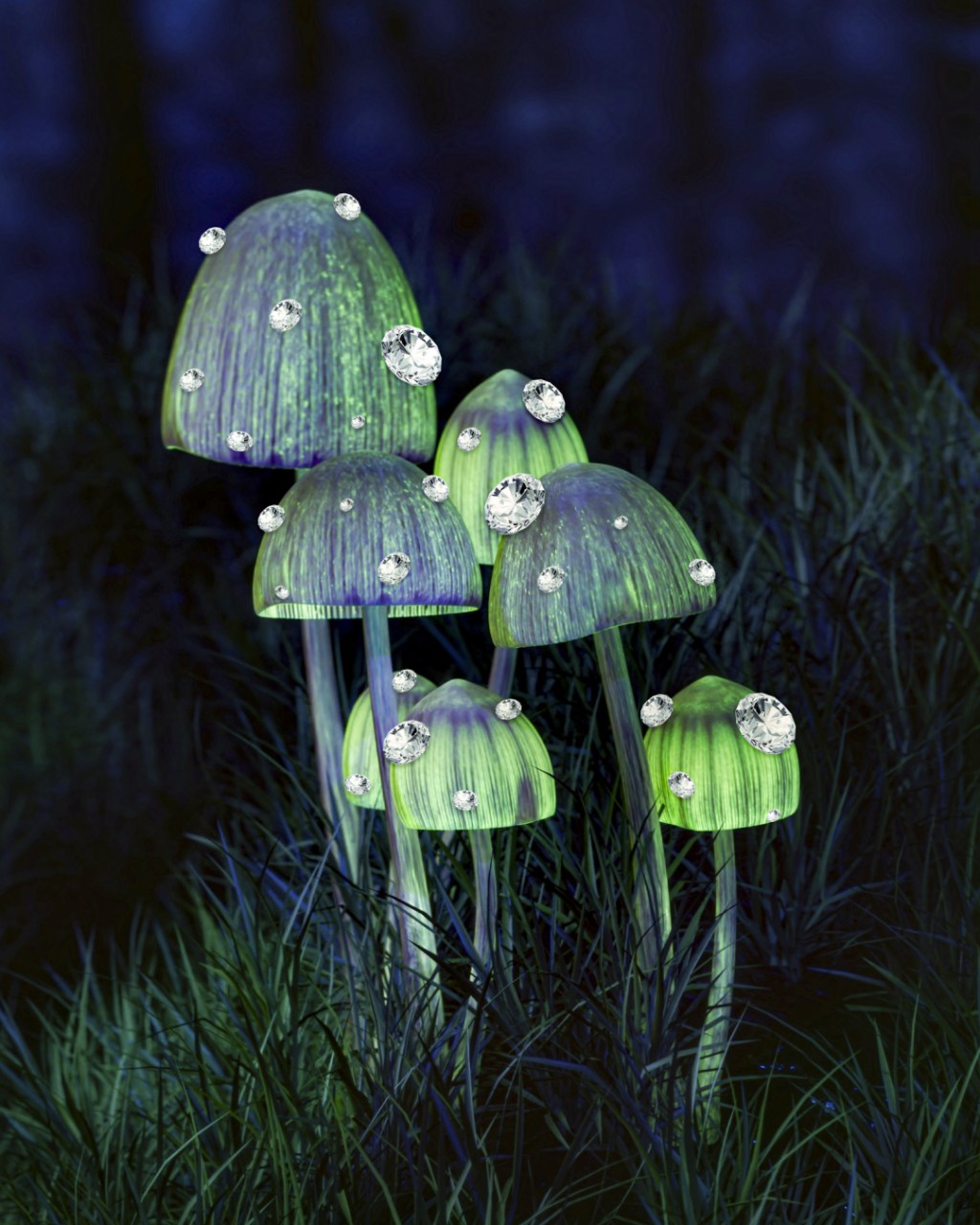If It Can Be Passed On to Your Kids, Count That Diamond as an Investment
Fashion fades, hype dies, but a well-chosen natural diamond is forever
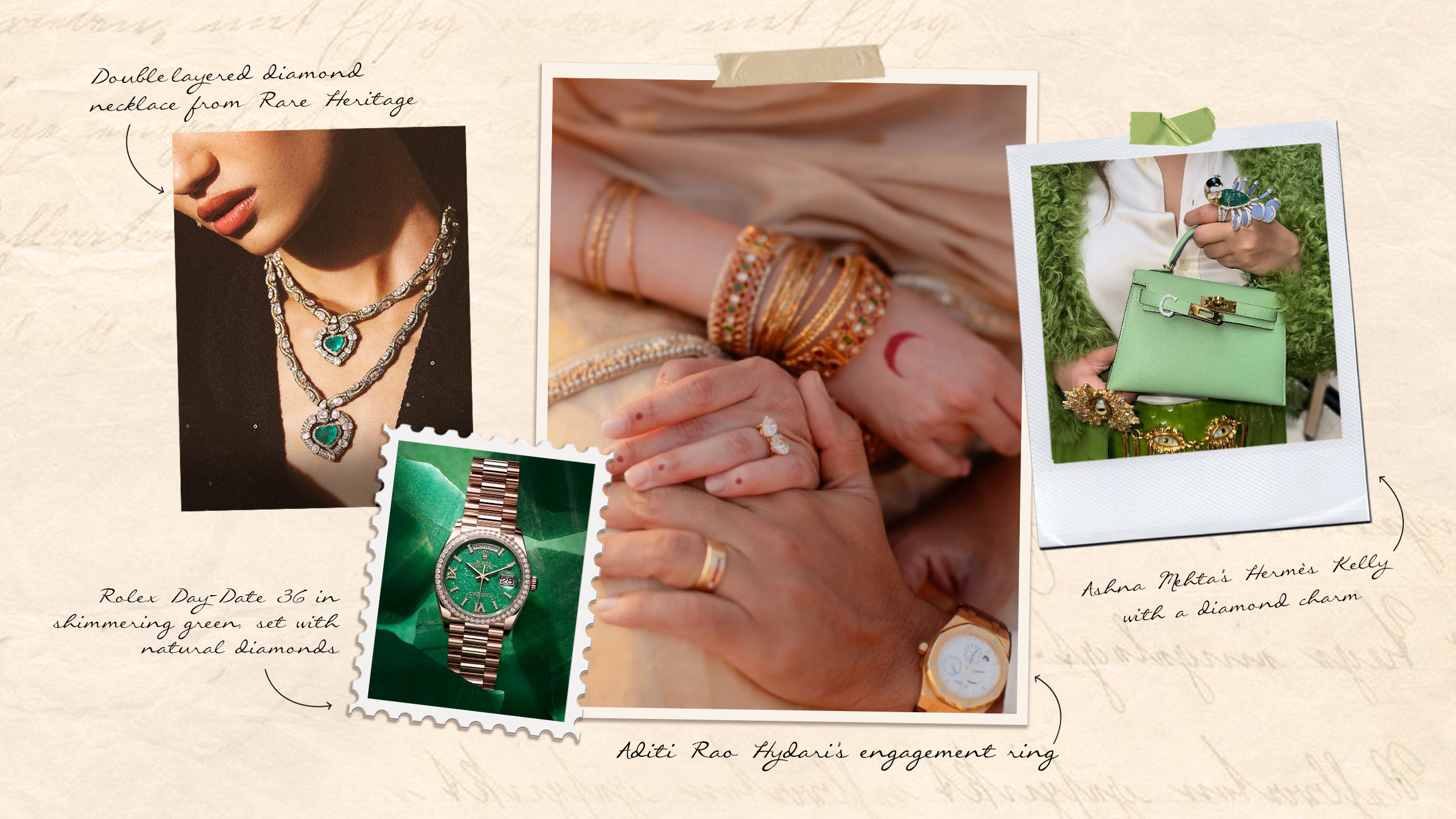
How would you define an investment? If the answer is limited to monetary appreciation, you’re missing the plot. Investment today isn’t just about ROI in the traditional sense—it’s about cultural cachet, heritage, and the kind of timeless appeal that makes something more than just a passing trend, especially for the new-age collector who isn’t just buying to own but to curate. We’re talking about the girl who hunts down vintage jewels, the bride who won’t rest until she finds an archival Kanjeevaram sari woven in real zari, and the collector who knows that a classic Chanel flap bag is worth its weight in gold (or more).
And in this rarefied world of objects that hold their value, there’s one investment that’s been quietly standing the test of time: natural diamonds. The real deal. The OG. The one luxury that doesn’t just appreciate in value but in meaning. Because while handbags can get worn and couture stored away, a well-chosen natural diamond thrives on rarity, sentiment, and status. Whether it’s due to their deep-rooted cultural resonance, their ability to keep up with generations, or their sustainable, earth-crafted origins, natural diamonds offer a value that goes beyond the material in ways no trend-driven piece ever could.
Diamonds: An Investment in Cultural Currency

If there’s one thing that transforms an object from a passing trend into a cultural movement, it’s its ability to move beyond material worth and become a symbol—a conversation starter, a piece of history in motion. And no luxury item has mastered this art quite like natural diamonds.
They’ve crowned monarchs (see: coronation jewels), dictated desirability (see: every red-carpet event ever), and signaled power moves long before the term ‘quiet luxury’ became a thing. From the roaring flapper era—when women wore diamonds along with their bobbed hair and short dresses as an act of rebellion—to India’s regal age, where Maharani Indira Devi casually strutted in diamond-studded Ferragamo sandals, these stones have never just sat pretty—they have stood for something.
And this influence hasn’t waned. Today, one engagement ring reveal can send bridal trends into overdrive—just look at Aditi Rao Hydari’s Toi-et-Moi ring. One Instagram post, and suddenly, every jeweller was fielding requests for a “you and me” ring. And when it comes to bridal jewellery, Radhika Merchant and Anant Ambani’s wedding was practically a masterclass in excess and elegance, recalibrating Pinterest boards overnight. From Isha Ambani’s princess-cut diamond solitaire worn as a maang tikka to Shloka Ambani’s diamond-studded ‘Bole Chudiyan’ throwback look and even Kim Kardashian making an appearance in a full-fledged diamond set—complete with a traditional nath—the wedding proved that diamonds remain the ultimate markers of refined taste and cultural relevance.
When all is said and done, natural diamonds don’t just hold value in vaults; they live in pop culture, in legacy wardrobes, and as the visual language of luxury. And that’s what makes them the ultimate investment—not just in wealth, but in influence.
An Investment in Generational Style
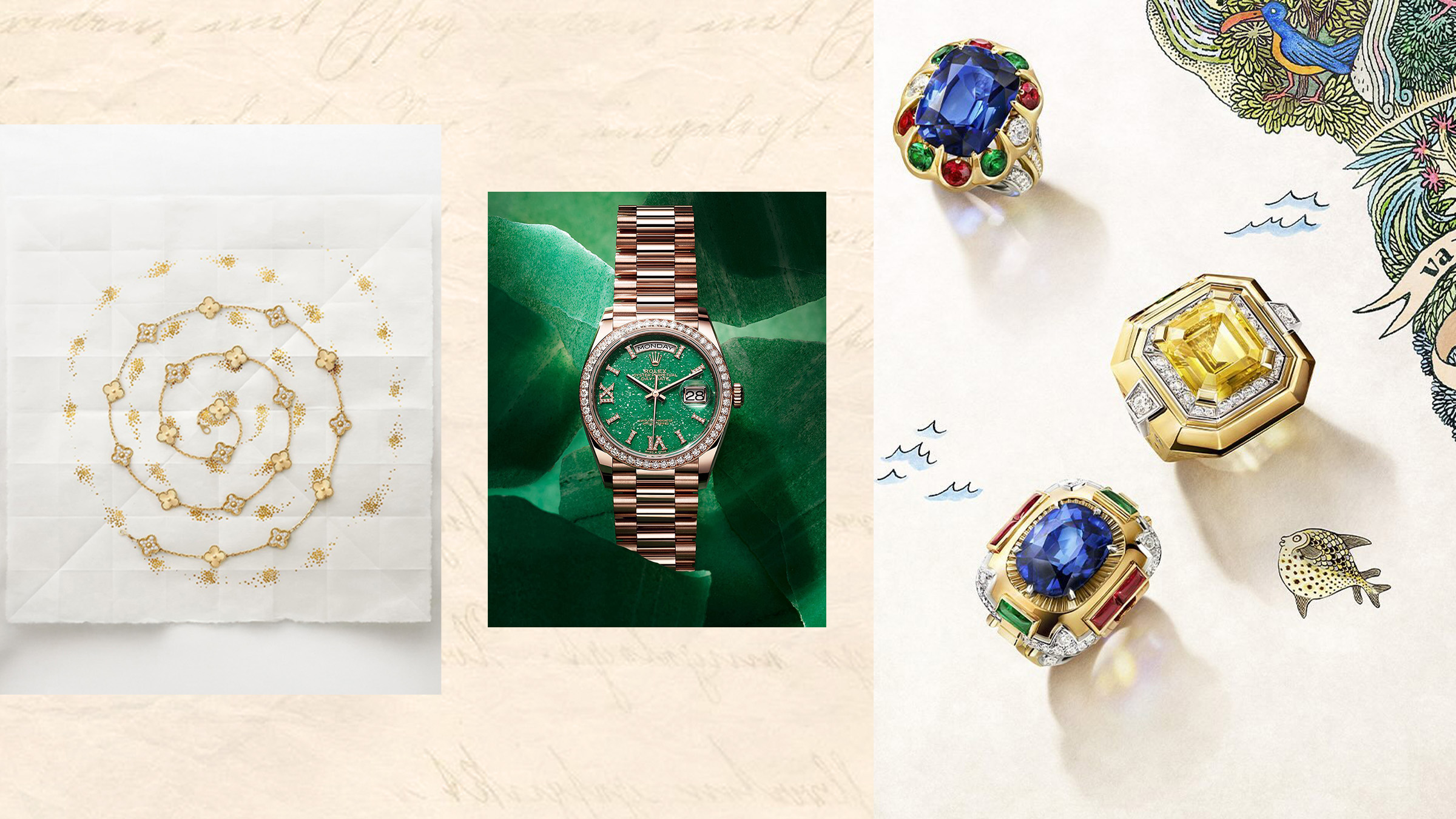
The world’s most discerning collectors—whether they’re deep-diving into the limited-edition Rolex market or sourcing an archival Sabyasachi lehenga—know that the best investments shapeshift while retaining their essence. Consider how the Banarasi weave has transformed over time—from Rani Gayatri Devi’s understated elegance to Abu Jani Sandeep Khosla’s larger-than-life bridal creations. Or how the Van Cleef & Arpels bracelet you inherited is even more covetable now than when it was first bought. Natural diamond jewellery exists in that same space of adaptability. The Victorian-era rose-cut diamonds you saw on your grandmother? They’re making a resurgence in contemporary jewellery. The Asscher cuts and emerald shapes that were Art Deco signatures? They’re the darlings of the new-age bride.
But the brilliance of diamonds isn’t limited to their adaptability—it’s also in their role as heirlooms. After all, there’s a reason why the word ‘forever’ is synonymous with natural diamonds. Think about it: you wouldn’t call your grandmother’s diamond ring ‘just a ring’, would you? That heirloom has witnessed love stories, stolen glances, and champagne toasts at countless family weddings. It’s more than jewellery—it’s history. And this very engagement ring might be tomorrow’s cocktail ring, and an inherited diamond choker might just find itself repurposed into modern drop earrings. They’re not just precious, they’re personal. A way to preserve family history while staying relevant in an ever-changing world—something mass-produced alternatives never can.
An Investment in Rarity
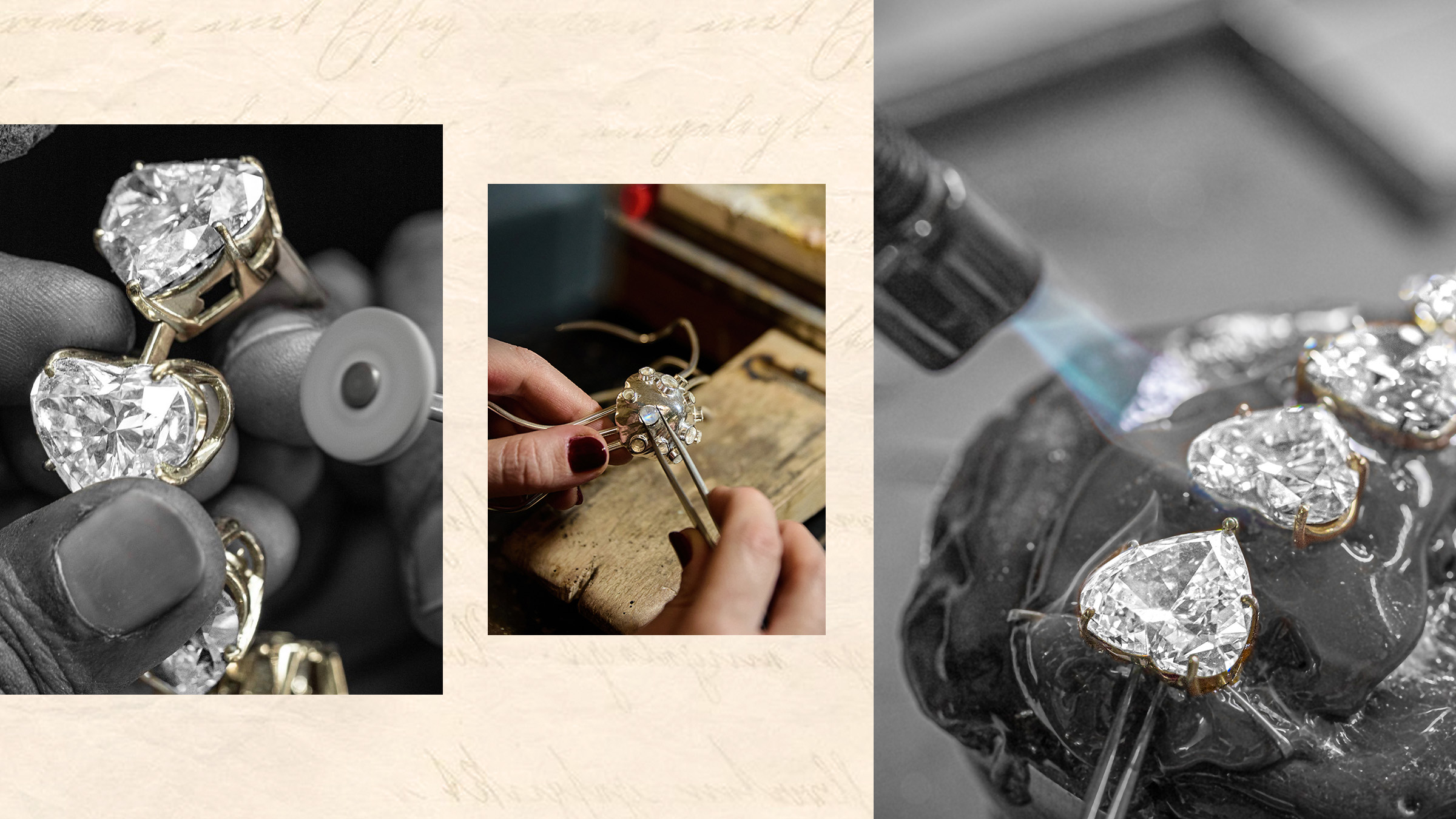
It goes without saying that what defines an item as rare is its commitment to quality over quantity, authenticity over artificiality. Take a sculpted piece, or even murals, for instance. Crafted over months by master artisans, it holds a value far beyond its appearance—it’s a collector’s item, painstakingly created in a way that defies duplication. Similarly, natural diamonds exist in finite quantities, each stone bearing a geological fingerprint unique to its origin. Think of it this way: choosing a natural diamond is an appreciation for artistry, for the invisible hours that go into creating something truly exceptional.
Natural diamonds are born of time, pressure, and a natural alchemy that cannot be manufactured. Each stone is one of a kind—a fingerprint of the Earth itself—and that authenticity is what makes them priceless. They are not seasonal, nor are they subject to oversaturation, and this rarity ensures their continued exclusivity, offering the luxury of knowing that you possess something irreplaceable.
An Investment in Conscious Luxury
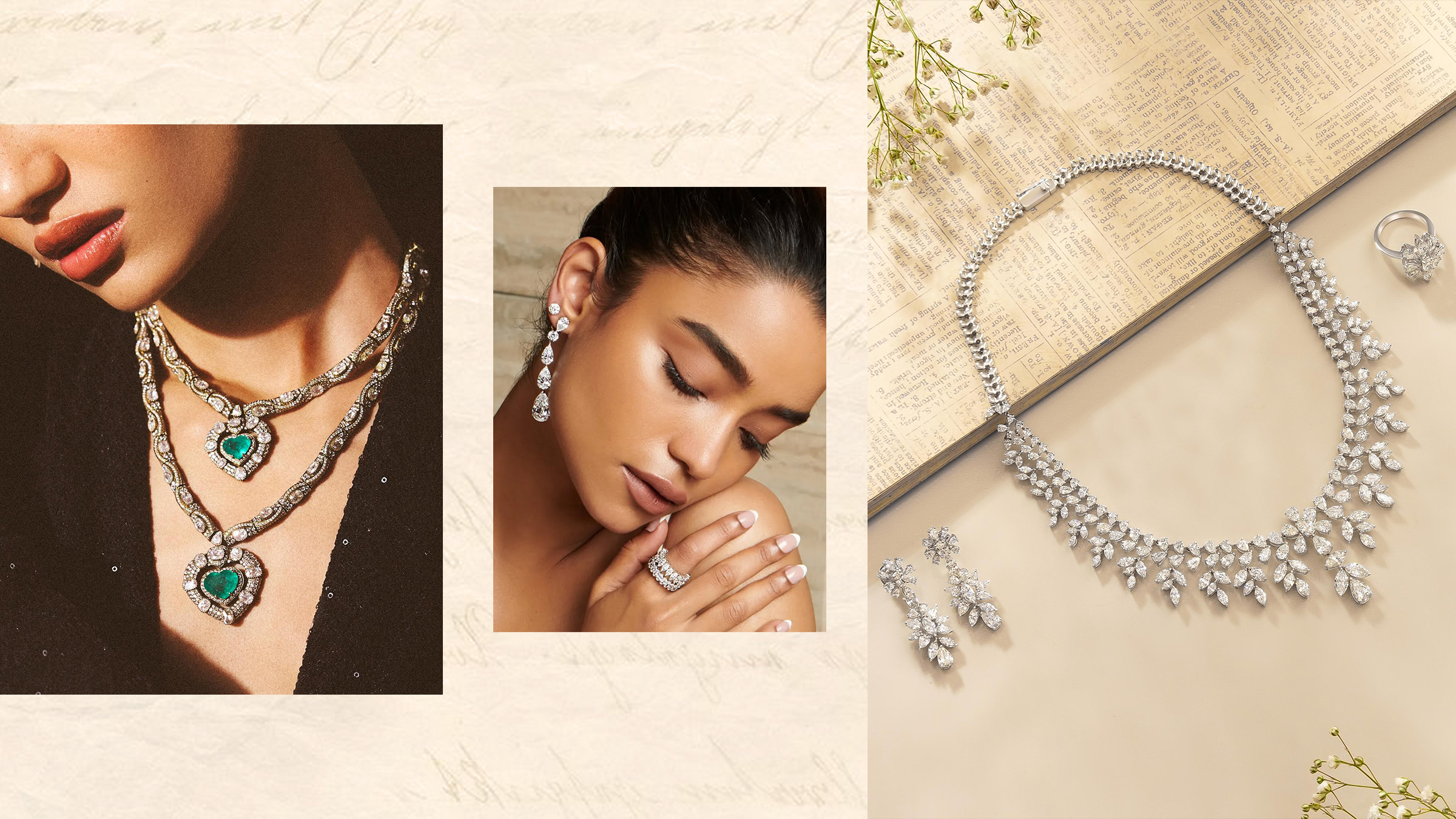
What sets natural diamonds apart is not just their origin but the industry’s ongoing efforts to make their processes more ethical and transparent. From the Kimberley Process, which ensures conflict-free sourcing, to De Beers’ Tracr blockchain technology that traces a diamond’s journey from mine to market, significant measures are being taken to align these gems with today’s sustainability values. These efforts help assure the conscientious consumer that their diamond is both rare and responsibly sourced.
Compare it to the revival of handloom textiles in India, which are making a resurgence not just because of their intricate craftsmanship, but because they represent a sustainable, slow-fashion approach. Similarly, a natural diamond serves as the antidote to fast luxury—crafted by the Earth, not in a lab. It’s the equivalent of choosing couture over high-street. Instead of cycling through seasonal accessories, investing in a single, well-chosen diamond piece aligns with the values of mindful luxury: fewer, better, and built to last.
In an era obsessed with what’s new and next, diamonds remind us of the charm of the eternal. They are investments in meaning, memory, and mastery—a trifecta that no alternative can rival. So, the next time you’re considering an investment piece, ask yourself: will this hold relevance a decade from now? Will it carry a story worth passing down? If the answer is yes, then congratulations—you’ve just made an investment your future grandchildren will thank you for.
